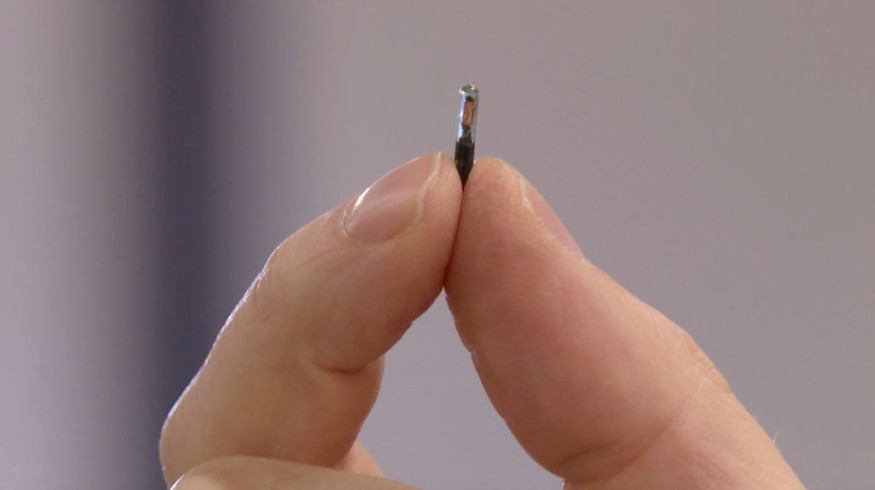
Synchron, a business specializing in brain-computer interfaces, announced a major advancement in its microchip implants earlier this week. A disabled guy was able to "write" his first-ever tweet using direct thinking to the computer with the team's support!
Philip O'Keefe, a motor neuron disease sufferer with a microchip implanted in his brain, accomplished this task. According to Express, O'Keefe was diagnosed with ALS, a kind of Motor Neuron Disease. Philip received his chip in April 2020, and on December 23, he "shared" his ideas with the computer.
Philip O'Keefe's Series of Tweet Through Microchip Brain Implant
Philip revealed the breakthrough in a Twitter thread. "Hello, world! Short tweet. Monumental progress," he said.
hello, world! Short tweet. Monumental progress.
— Thomas Oxley (@tomoxl) December 23, 2021
Many individuals on the internet were taken aback by the news. Dr. Christopher Kellner even asked how Philip was able to control whatever thoughts he typed. Philip stated that he could tweet using BCI (brain-computer interface).
Philip went on to say that he didn't require any keystrokes or voice instructions. Instead, the entire tweet was composed just by thought.
Philip also expressed his hope that his experience may one day allow people to Tweet via their thoughts.
Soon later, Oxley recovered control of his Twitter account. He congratulated Philip for his involvement, which included seven tweets and a few likes during the course of the event.
Curious about how phil tweeted yesterday? check out how our motor neuroprosthesis works, including a demo from Phil: https://t.co/iZGydIVUOr #helloworld #bci
— Thomas Oxley (@tomoxl) December 23, 2021
Oxley also tweeted about Philip's motor neuroprosthesis in a follow-up tweet. He sent a link to a comprehensive article on the subject.
ALSO READ : Tiny Transistors Smaller Than Hair Strand Expected to Help Fabricate Nanoscale Electronic Devices
Synchron Stentrode Brain-Computer Interface
When a person is paralyzed, they lose control over their lives. Because they cannot use their limbs, they are unable to engage in work-related tasks.
According to Mirror, Philip was the first to effectively interact with the world on social media by direct thinking. It was made possible by the Stentrode brain-computer interface, also known as a microchip implant, which evaluated his brain impulses and assisted in executing the orders.
This remarkable achievement is unquestionably worthy of celebration. It is important to note that technology like this can assist paralyzed individuals.
DailyMail said patients were able to attain average click accuracy of 92 percent and 93 percent and typing rates of 14 and 20 letters per minute using the Stentrode brain-computer interface.
Blood arteries, which are packed with sensors that capture activity, are being used as a natural highway to the brain by researchers.
These signals are then transferred through a telemetry device to a tiny computer taped to the patient's chest, which interprets the patient's actions on a nearby computer, such as texting, emailing, and online shopping.
The positive results come when numerous businesses are working feverishly to construct the first brain chip, including Elon Musk's Neuralink, which has only shown its gadget in a pig.
The Stentrode device, which is 40mm in length and is tiny and flexible, may safely travel through curving blood channels in the brain.
According to the researchers, the process is comparable to that of a pacemaker and does not require open brain surgery.
Sensors are placed via the vasculature and into an internal telemetry device that links to a wireless transmitter taped to the patient's chest after the chip is implanted.
The sensors gather brain activity and send it to the transmitter, translating it into computer operations.
An eye-tracker is also included in the system for navigating the cursor on the computer screen.
RELATED ARTICLE : Scientists Created Self-Healing 3D-Printed Plastic That Repairs Itself Under LED Lighting
Check out more news and information on Technology in Science Times.











